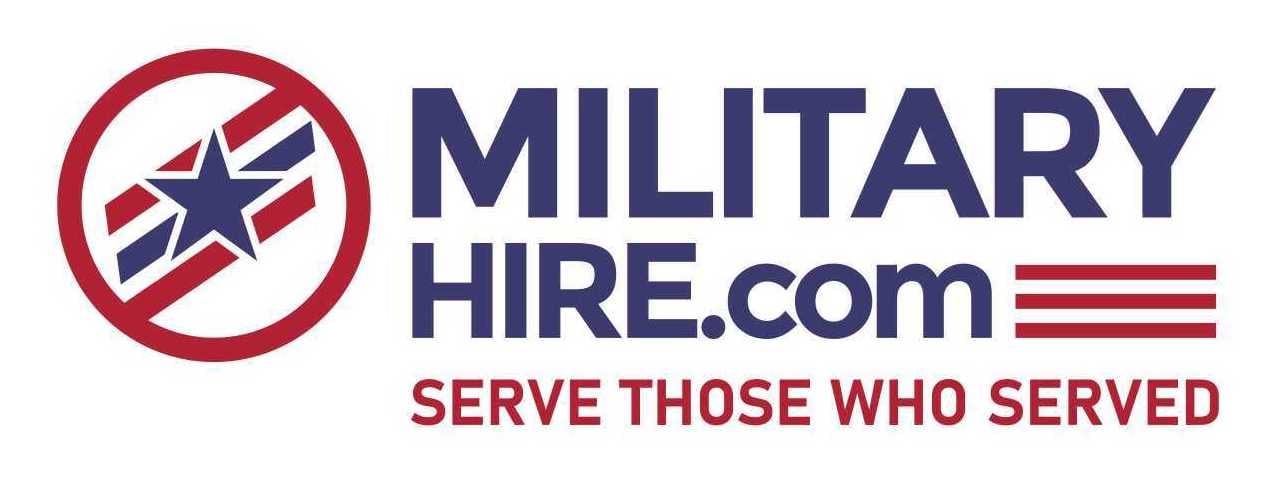How To Prepare Resumes

Best Practices for Preparing Your Resume to Post on Job Sites
Despite the proliferation of the digital environment and a wide array of online opportunities for applying for jobs of all kinds, resumes still rule. Resumes still remain the most commonly used source of information about candidates. Formatting your resume appropriately and putting it in places where it’s likely to be seen are important steps in landing your next job.
Here we take a look at some best practice advice from recruiters and others related to preparing your resume.
Take Full Advantage of Job Boards!
Matthew Warzel, CPRW, president of MJW Careers, LLC, has some important advice for job seekers: “Use job boards! Those along with LinkedIn, Indeed and good ole’ fashioned networking are all proper avenues to source potential openings,” says Warzel.
Job boards, like MilitaryHire, offer job seekers an opportunity to boost the odds that their resumes will be seen by those most interested in the type of background and skills they possess. For military veterans, Military Hire is the place to be to. Veteran-friendly companies turn to MilitaryHire regularly as a source of information about great candidates with military experience. Don’t miss out on the opportunity to get in front of potential new employers looking for people like you.
April Maccario, the founder of Ask April, agrees. “Posting your resume on public job sites will expose you to different hiring agencies and direct recruiters,” she says. “It will be easier to receive interview calls and job offers.”
Skip the Jargon
It’s off-repeated advice, but still bears emphasizing: avoid the jargon! The use of industry-specific jargon is common across all industries and job types, but military veterans often have a tendency to rely on language that was familiar to them in the field but that doesn’t translate so well into the civilian environment.
Alexander Lowry is executive director of Gordon College’s Career and Connection Institute. While Lowry says that employers recognize the leadership value a military veteran brings, “they often don’t understand the other invaluable experiences they bring.” Your resume is an essential tool to convey the value you can provide and “ensure you get on a level footing with someone who has already been in the working world,” he says.
Unfortunately those with military backgrounds need to go above and beyond to help civilians understand how they’re a fit in the workforce. So building a strong resume is essential. Once that is complete, build out the LinkedIn profile too.
The advice “when in doubt, leave it out!” is good advice to follow here. In fact, check your resume carefully to ruthlessly eliminate acronyms and terms/phrases that simply aren’t part of everybody language. Making your resume as easy-to-read as possible is an important best practice.
“No one is going to understand how the “SFC was awarded an ARCOM for leading 2-27IN soldiers in OEF,” says Nick Padlo, CEO and founder of Sophros Recovery, and an army veteran of OIF/OEF.
That doesn’t mean that you shouldn’t toot your own horn and share information about awards or recognition you may have received in the service, but you need to provide context, Padlo says. Awards: what may be impressive to you may be lost on a civilian. “They’ve never heard of your Bronze Star, so give them some perspective.” For instance: “I was the only member of my 30 person platoon to be awarded the Bronze Star for exceptional performance during our deployment to Iraq.”
Take the time to run your resume (and cover letter) by some civilians who can help you identify the jargon that won’t make sense to those without service experience.
Follow the Right Flow
Resumes tend to be organized in a fairly standard format and recruiters, HR managers, and hiring managers are familiar with that format. Making it easy for them to find exactly what they’re looking for when reviewing your resume can help you stand out.
Warzel recommends the following order:
Contact information (name, email, phone, city/state)
Summary
Key skills/technical aptitude
Accomplishments
Experience
Education
Certification
Affiliation
Volunteerism
Maccario recommends using a chronological format for resumes. “In this way, the recruiters can easily scan your resume and see your career history,” she says. In addition, she recommends, edit your resume to remove things are too old or irrelevant for the job you’re applying to.
Focus on Results
“The key to stand out among the competition is to ensure you set the tone in the first top half of the resume with what you want and what you offer,” says Warzel. “Make sure to not write your experience as task-based, but rather quantifiable and bottom-line driven. This will make sure you are letting the employers know that you are concerned with what they are concerned with—either making them money or saving them money.”
Veterans often to forget the part of the bullet point that is “…resulting in,” says Padlo. He advises: “Ask yourself what was the measurable outcome of my action, as specifically as possible.” For civilians, he says, that might mean saying something like, “I did X, resulting in a 25% increase in sales in 2020,” he says Veterans probably don’t have the ability to do that, but they still should be thinking of ways to quantify their contributions. “This is where you should spend a lot of your time, as it’s probably the most challenging part,” he says.
Pay Attention to Details
How your resume is formatted is important and impacts readability says Diana Brush, Associate Director of the Center for Career and Professional Development at Clarion University of Pennsylvania. Her recommendations: be brief and pertinent, be organized and uniform, be error-free and be tailored to the experience you are seeking by using strong key terminology. She offers specific recommendations for formatting resumes effectively:
Start with a blank Word document or Google doc. Avoid templates which are challenging to customize and may not transmit accurately.
Set uniform margins no less than .5” or more than 1”.
Make paragraph settings/line spacing to single space.
Use the same size standard font 10-12 point (except for your name).
Highlight Section Headings in uppercase or bold and tailor to your experiences.
Use standard bullets (•) before action verb when listing your knowledge, skills, and tasks.
List most recent experiences to oldest.
Place your name and page number on the second page.
Avoid photos, graphics, and borders.
Limit your resumé to two pages maximum. Avoid photos, graphics and borders.
PROOFREAD! PROOFREAD! PROOFREAD!
Convert to PDF to view how it saves before sending.
Use standard 8.5” x 11” paper (heavier paper in white or ivory) when providing paper copies.
Send it in the requested format (word, google doc, pdf).
Finally, Brush suggests taking advantage of resume assistance resources that may be available through universities or career services organizations, as well as online resources like www.onetonline.org.
Getting noticed is half the battle when seeking new job opportunities. Make sure you’re following resume preparation best practices and putting your resume where it’s likely to be noticed by employers looking for candidates like you.
